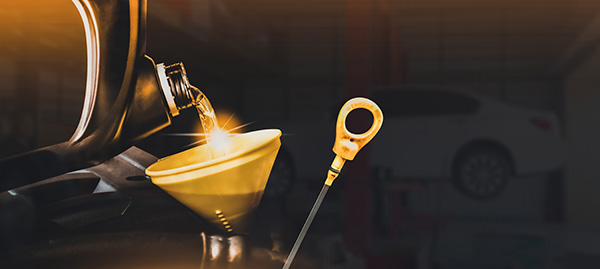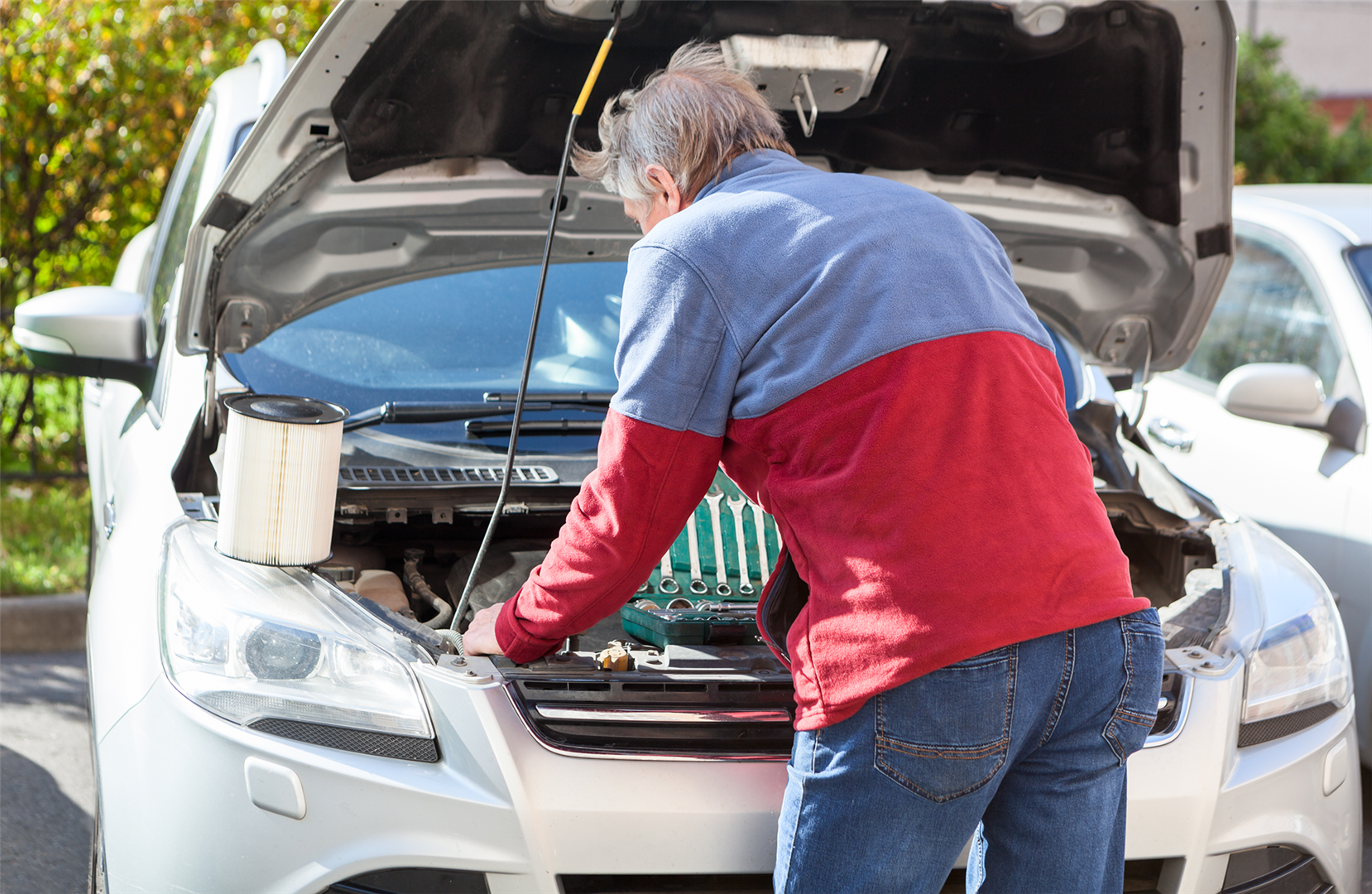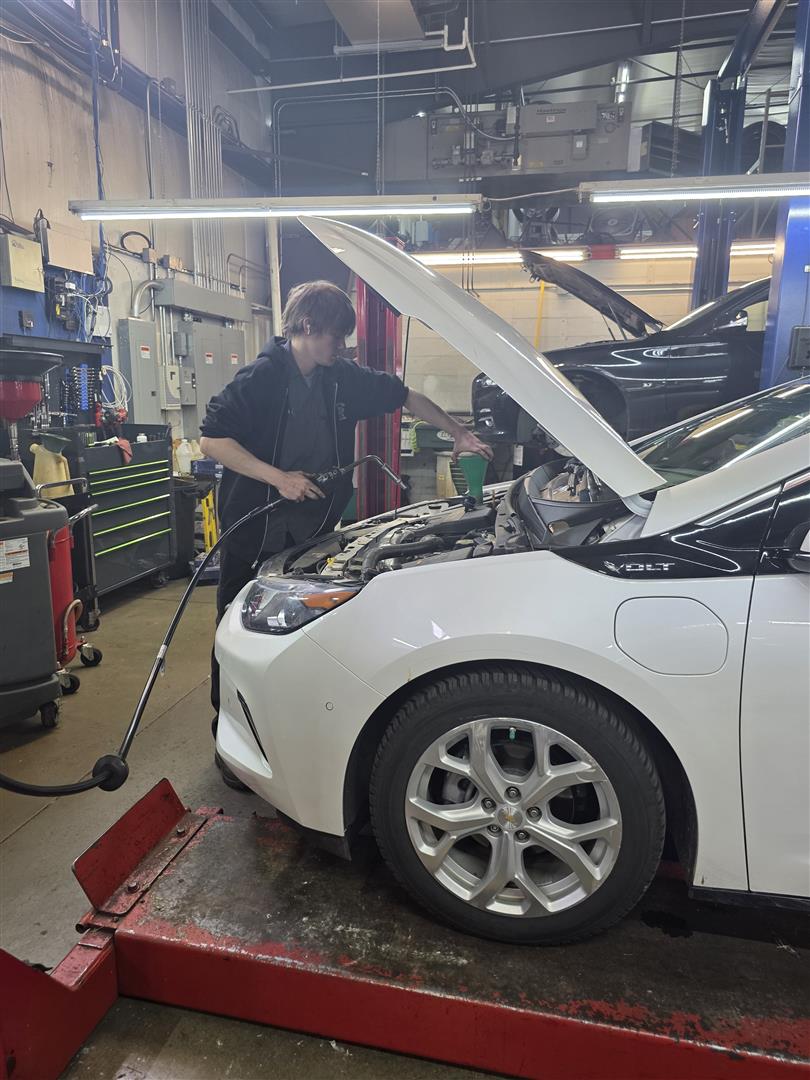Posted on 11/28/2025

Choosing motor oil affects engine cleanliness, wear protection, and cold starts. Marketing can be loud, but the right answer depends on driving style, climate swings, and the approvals your vehicle calls for. Here is a clear guide to help you pick confidently at your next service. Why Motor Oil Choice Is So Important Oil does three jobs at once: it lubricates moving parts, carries away heat, and suspends contaminants so the filter can trap them. Detergents and dispersants keep varnish from baking onto hot surfaces. Anti-wear and anti-oxidation additives form a protective film when metal tries to touch metal. Pick an oil that holds its viscosity when hot, pumps quickly when cold, and resists breakdown over the interval the manufacturer intended. What Conventional Oil Offers Today Conventional oil starts as refined crude. Modern refining removes many impurities and pairs the base stock with a strong additive package. It works well for steady commut ... read more
Posted on 11/24/2025

Holiday Pre-Trip Inspection at Tom’s Auto Center As the holiday season approaches, many families begin planning trips to visit relatives, enjoy winter activities, or get away for a well-deserved break. With travel plans already taking shape, this is the perfect time to make sure your vehicle is ready for the miles ahead. At Tom’s Auto Center, our goal is to help you enjoy a safe, smooth, and worry-free holiday journey. One of the best ways to do that is by scheduling a Holiday Pre-Trip Inspection — $189.76 before the roads get busy. Why Schedule Early? November and December are some of the busiest times of the year for travel and auto repair. By planning ahead, you can avoid: • Last-minute breakdowns • Long shop wait times • Stressful delays right before your departure • Finding out about an issue when it’s too late to fix it A simple inspection gives you peace of mind and allows you to address small concerns before they turn into bigge ... read more
Posted on 10/31/2025

When temperatures drop, it's common to see cars idling in driveways on frosty mornings. Many drivers believe that warming up the engine is essential before hitting the road. But is that still true with modern vehicles? The answer depends on how you define "warming up" and what you're trying to protect. Let’s look at the facts and clear up a few common misconceptions. What Warming Up an Engine Actually Means Decades ago, carbureted engines required time to warm up because fuel delivery wasn’t computer-controlled. In those vehicles, a cold engine ran rough and could stall if driven too soon. Modern engines, however, use electronic fuel injection systems that adjust the air-fuel mixture automatically. That means they’re able to start and run in cold weather with much greater efficiency. But while modern engines don’t need to idle for 10 minutes before driving, they still benefit from a brief warm-up, just enough to allow oil t ... read more
Posted on 9/26/2025

Clear visibility is one of the most basic but essential parts of safe driving, especially during rainy or snowy weather. When your windshield wipers leave streaks, skip across the glass, or chatter noisily, it can turn a quick trip into a frustrating or even dangerous experience. If your wipers aren’t working smoothly, several underlying issues could be to blame. Let’s look at the most common causes and what you can do to fix or prevent them. Worn-Out Wiper Blades The most common reason wipers skip or leave streaks is simple wear. Rubber degrades over time, and wiper blades are exposed to sun, heat, rain, dirt, and snow year-round. That combination causes the edge of the blade to harden or crack, which prevents it from making full contact with the glass. Even if your wipers look fine at a glance, small cracks or uneven wear along the edge can cause poor performance. As a general rule, it’s a good idea to replace wiper blades every six to twelve mo ... read more
Posted on 9/23/2025

Electric vehicles (EVs) are changing the way we drive — with fewer moving parts, no oil changes, and less frequent routine service. But while EVs require less day-to-day maintenance than traditional gas-powered cars, they still need attention in some key areas. Staying proactive helps maximize performance, safety, and long-term value. 🔋 Battery Care Charge to 80–90% for daily use to preserve battery life. Avoid letting the battery drop below 20%. Use Level 2 charging at home when possible; reserve DC fast charging for road trips. Precondition the cabin and battery while plugged in to reduce strain. 🛞 Tires & Suspension EVs are heavier than gas cars, which stresses tires and suspension. Rotate tires every 5,000–7,500 miles. Check tire pressure monthly. Inspect suspension regularly — lightweight alloys used in EVs can wear differently. Keep wheel alignments up-to-date to protect ef ... read more